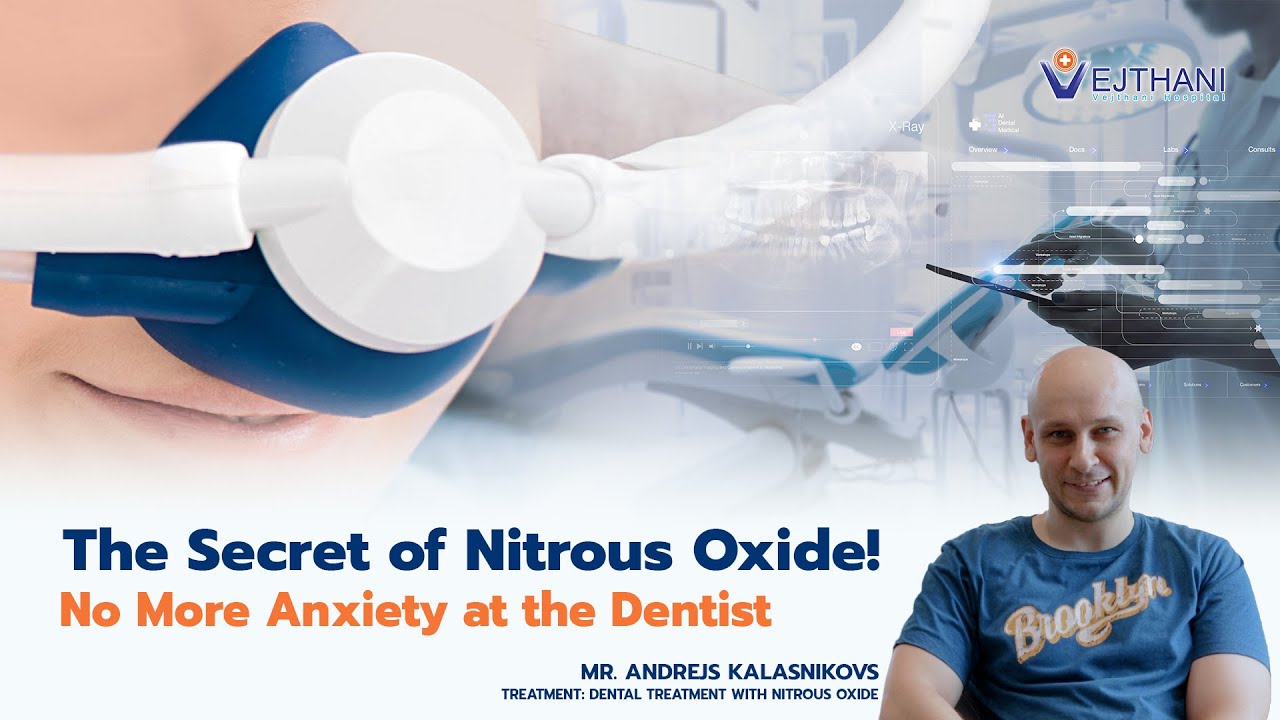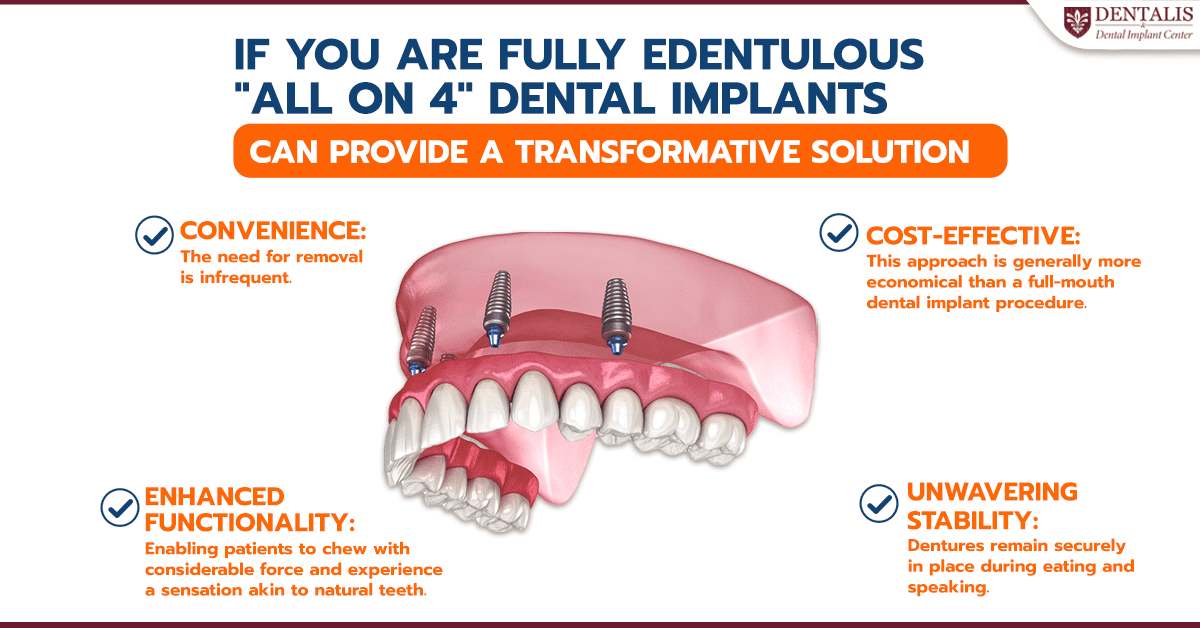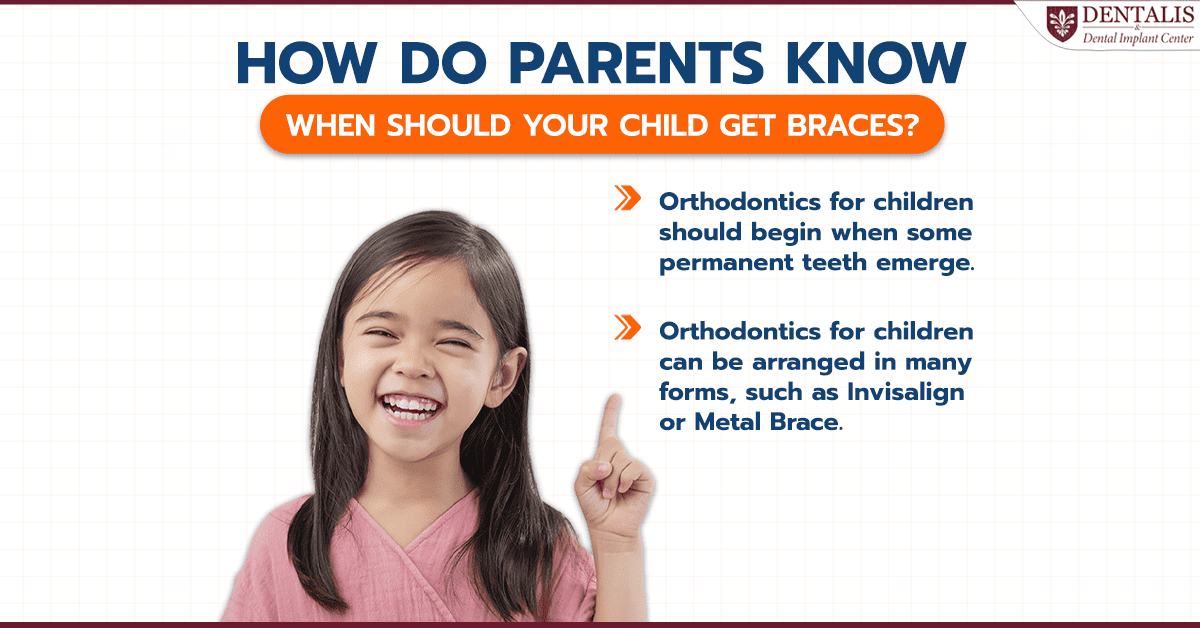
4 types of orthodontics: which one is right for you?
Orthodontics is a form of dental treatment that correct the abnormality of teeth alignment and jaw abnormalities such as teeth crowding, spacing, overbite, underbite, protruding teeth, open bite and protruding jaw.
Nowadays, orthodontic treatment is very popular because it help to improve the alignment of the teeth and also improves the efficiency of chewing food, help to reduce tooth decay or gingivitis caused by malalignment of teeth. In addition, correct the alignment of the teeth can enhance facial esthetic and also ameliorate self esteem.
Orthodontics appliances are divided into 4 types.
1. Metal braces or traditional braces
Metal braces are quite popular among teenagers because they are more affordable than other types of braces. This type of orthodontic treatment have a beautiful colored elastic o-ring attached to the bracket. Metal braces consists the placement of brackets, archwire and elastics o-rings that are used to secure and shift teeth into correct position. The metal brackets are applied to the teeth and then the metal wire which is threaded on the brackets is meant to exert pressure on the teeth and finally move the teeth into desired position. Traditional braces need to change the elastic o-ring every month in order to keep the teeth moving into the orthodontist planed position. Metal braces are suitable for cases with declination of teeth because moving the teeth with wires are more effective that other types of orthodontic appliances.
Advantages of metal braces
- Helps to solve the problems of crowded teeth, gaps and crooked teeth to make them more beautifully aligned.
- You can express your individuality with colored o-rings which is part of the fun of having metal braces by choosing different colored elastics o-ring at each dental appointment.
- The price is more accessible than other types of braces.
- Metal braces can change facial structure depends on the severity of that particular case.
- Suitable for all genders and ages.
2. Ceramic braces
Ceramic braces are a solution for people who want metal braces but don’t want anyone to notice. This type of brace emphasizes the naturalness of the teeth because the appliances are designed to be clear. They use colorless O-rings making them less visible. However, in the process of making the teeth move ceramic braces are similar to metal braces. Ceramic braces can help solve problems with teeth malalignment, adjusted the facial structure and fixing problems with malocclusion. The differences between metal braces and ceramic braces are materials and colors of bracket and elastic o-ring.
Advantages of ceramic braces
- Clear braces have a colorless bracket and colorless o-ring that can masks orthodontic braces to your natural teeth.
- It is lightweight and adheres to the teeth well.
- Suitable for people who don’t want their braces to be too noticeable.
- The price is more accessible than invisalign.
- Cause less trauma and irritation to soft tissue than metal braces.
- Easier to clean.
3. Damon braces.
Damon braces It is braces with materials that designed to be more comfortable to wear by not using elastic o-ring.
Damon braces suitable for people who do not have time or unable to see the dentist every month to change the elastic o- ring.
Damon braces is a lockable door that opens and closes, making orthodontic treatment went smoothly since there is no pressure from the elastic o- ring that holds your teeth like traditional braces. In comparison traditional braced provide teeth movement less than Damon braces. Additionally, Damon braces feel more comfortable to wear, easier to maintain an oral hygiene and reduces the occurrence of wounds and irritation to the soft tissue in the mouth. Damon braces can solve problems in highly complicated cases.
There are two types of Damon braces :
1. Damon Q
Damon Q braces function same as the traditional braces that focus on improved teeth alignment in order to increase confidence during smiling or talking. Damon Q braces use metal -colored materials. similar to traditional braces but there will be no elastic o-ring like metal braces. Damon Q braces still visible when eating, talking or smiling.
2. Damon Clear
The color of the bracket is clear and less visible. The only part that visible is the wire that running through the surface of the enamel but it still not visible as the Damon Q appliance. Damon clear is suitable in patient’s who don’t want anyone to notice that they wear braces. Damon Clear braces are able to move teeth into the correct position without using elastic o-ring. Damon clear also easier to maintain oral care routine than metal braces.
Advantages of Damon Q and Damon Clear braces
- It is beautiful and matches the natural color of your teeth.
- Less painful than metal braces
- Easy to maintain and clean
- Minimising your need for dental appointments
- In some cases, braces can be done without tooth extraction.
4. Invisalign.
Nowadays, clear aligner is popular among star artists because it is a convenient orthodontic appliance. Clear aligner can remove the limitations of other orthodontic braces that have brackets and wires which may cause irritation to the gums or cheeks. Invisalign designed from good quality clear plastic with a smooth surface, less visible and also created individually in each patient. The appliance must be worn approximately 20 – 22 hours / day for approximately 1-2 weeks and take it off only when eating or After 1-2 weeks of wearing the appliance, patient must change the clear aligner pieces to allow the teeth to develop according to the treatment plan.
Invisalign allows you to eat normally and still be able to clean your teeth without the interference of bracket and wires. It also reduces the needed to see the dentist for example, from having to adjust the appliance every month, it may change to 2 -3 months.
Advantages of clear aligner
- Suitable for people with gaps between teeth.
- Suitable for those who have crossbite.
- Suitable for people with a deep bite and protruding upper teeth.
- Suitable for those who have Protruding lower jaw and protruding lower teeth.
- Suitable for people who have overcrowded teeth and do not have enough space for their teeth.
- Suitable for people with an open bite and gaps between the front teeth.
- You can see the movement of your teeth before and after they were arranged by using the 3D system
- Less visible
Steps in getting clear aligner
- Meet and consult with a dentist and plan treatment options. When receiving treatment during the first period patients are advised to have a proper oral hygiene, dental cleaning, filling the teeth that have cavity and take a dental radiograph to look at the tooth structure and jawbone. After that, take an impressions of your teeth to keep as a model before starting orthodontic treatment.
- The dentist will make an appointment for the patient to have a further dental examination and discuss the treatment plan. In this process the dentist will be using a 3D model from a dental scanner which is scanned directly from the mouth instead of an oral impression and then shown the patient’s tooth position before, during and final result after completion of orthodontic treatment.
- The dentist will make an appointment for the patient to come again to receive the first Invisalign clear aligner pieces and explain the steps on how to insert orthodontic items correctly. The appliance will be worn for approximately 20 – 22 hours per day and removed only when eating or brushing your teeth. After that come back to the dental office to check and changes the appliance every 1 – 2 months.
Orthodontics combined with jaw surgery
Orthodontics combined with jaw surgery or orthognatihc surgery recommend in patient who have problems with a protruded lip and chin, facial asymmetry , gummy smile and underbite. Abnormality of the jawbone can affects daily life such as not be able to smile, losing self confidence and not having proper facial esthetic. In some cases it also affects the ability to chew certain food such as not be able to bite off noodles due to the teeth do not bite properly and may result in masticatory muscle strain.
The skeletal deformities or jawbone abnormality is the congenital condition and most of the time only traditional braced will not solve all the problems therefore, the jawbone surgery combined with orthodontics treatment is necessary. There are two types of orthognathic surgery as followed;
- Orthodontic treatment before jawbone surgery
- Jawbone surgery and orthodontics treatment after
Orthognathic surgery can help corrects irregularities of the jaw bones and realigns the jaws and teeth into correct position. Making these corrections also improve facial appearance, balance the facial structure both upper and lower facial profile, improved phonetic and pronunciation to be more clearly, provide better mastication and also helps your teeth align beautifully. Orthognathic surgery is appropriate after growth stops. However, jawbone surgery combined with orthodontics requires the expertise of dentists specializing in many fields which they will provide close care and treatment to the patient in order to achieve the desired results according to the treatment plan.




Chat with us